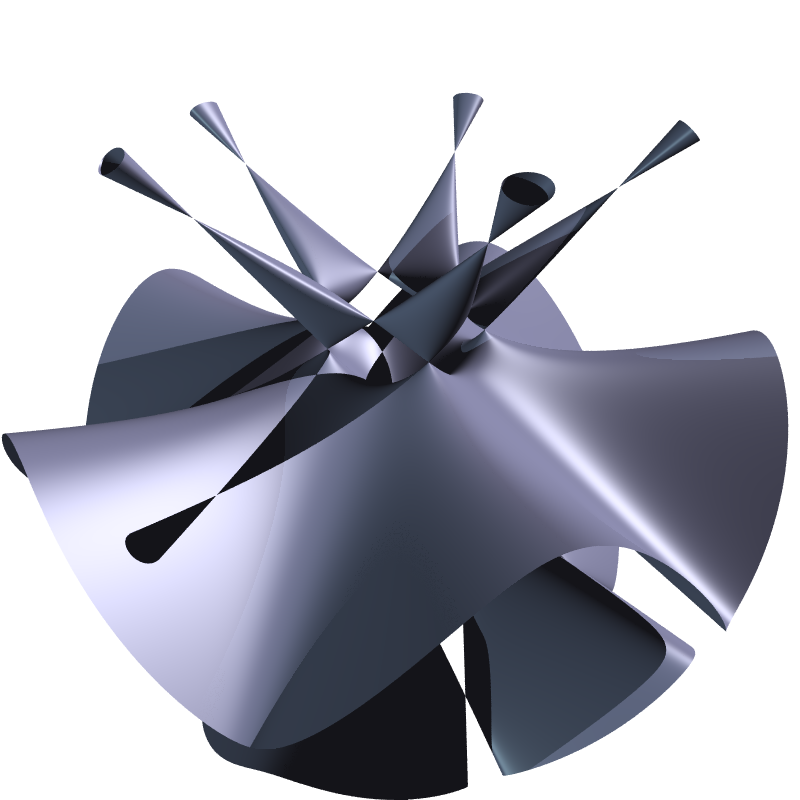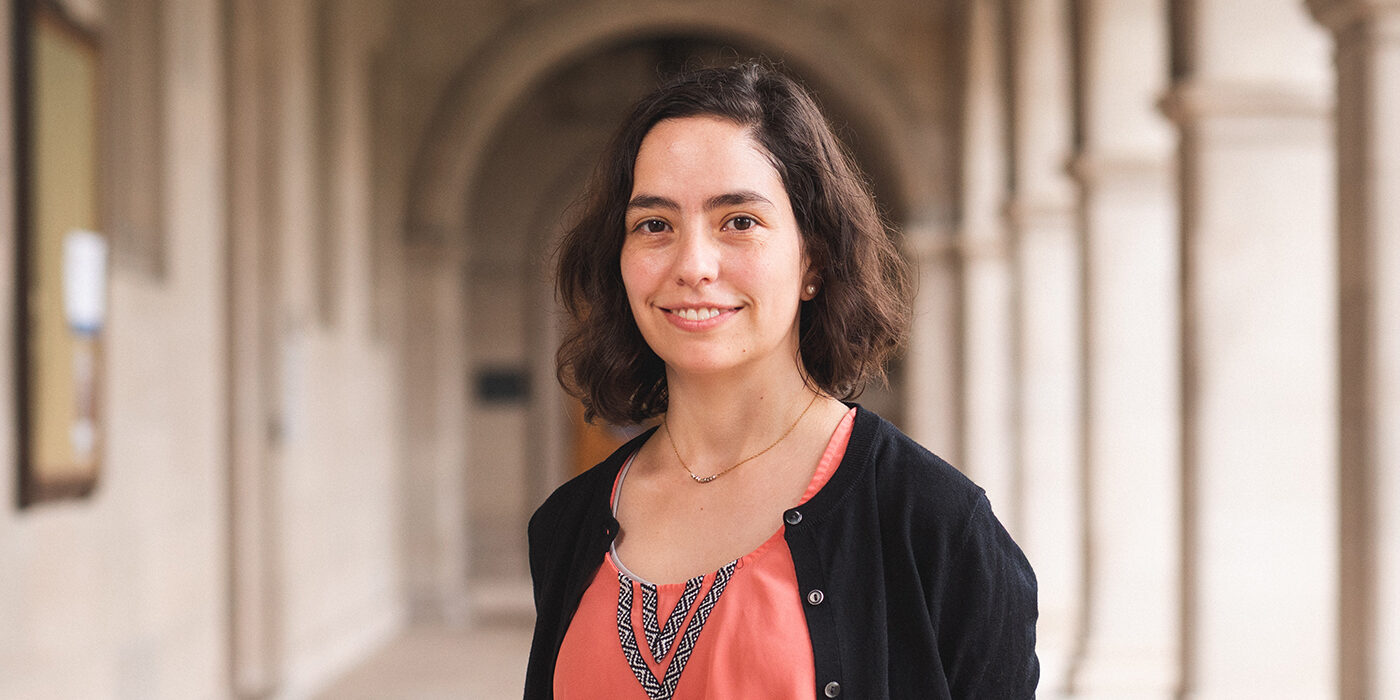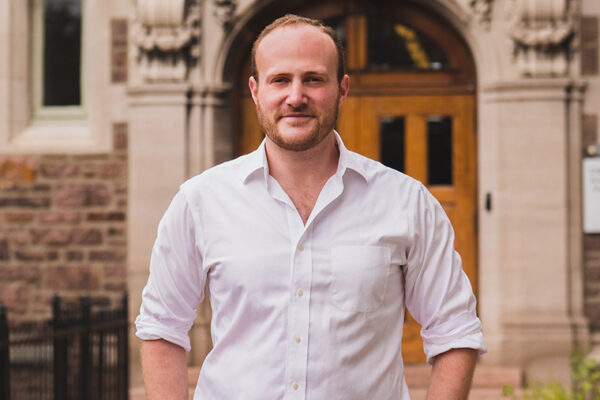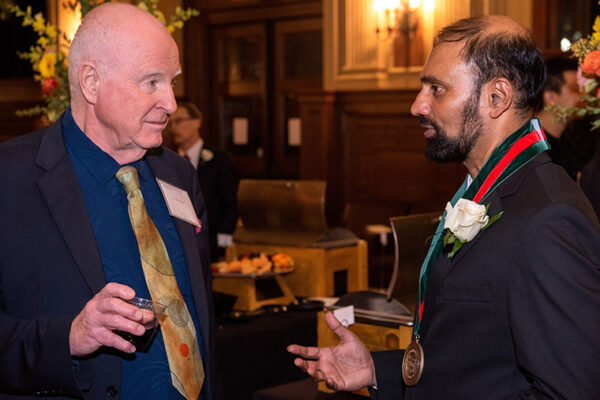Laura Escobar Vega, assistant professor of mathematics and statistics in Arts & Sciences at Washington University in St. Louis, is no stranger to looking at problems from multiple angles.
In her research and teaching, Escobar works to build bridges between her two primary fields — combinatorics and algebraic geometry. For students and colleagues around the world, she is also building bridges to a more diverse and welcoming profession for those in mathematics and related industries.
It’s no secret that women and minorities are traditionally underrepresented in mathematics. According to recent survey data from the American Mathematical Society, women make up only 19% of full-time faculty in math departments with graduate programs. That figure drops to 12% for tenured faculty at the top 50 research institutions in the United States and even lower for women in minority groups.
Though the lack of diversity in math is clear from the numbers, what isn’t clear is how to address the problem. For Escobar, the most effective solutions are also relatively easy ones to enact — increasing visibility, helping students and professionals feel at home in the field and encouraging personal connections.
Powerful intersections

Unsurprisingly, Escobar’s approach to problem-solving is rooted in mathematical principles. Escobar specializes in combinatorics and algebraic geometry. Broadly speaking, combinatorics is the study of the structure of finite objects. In algebraic geometry, mathematicians ask geometric questions about spaces in terms of polynomials, instead of more abstract shapes. Escobar is particularly interested in a set of geometric objects known as Schubert varieties, whose geometric information is encoded in permutations, a key topic in combinatorics which, among many applications, describes how to shuffle cards.
“Algebra is amazing in the sense that you’re encoding a lot of information into an equation, and it provides a lot of tools. Everything you do with equations can actually bring new meaning or insights back into the problem you started with,” Escobar said. “But, when you’re doing algebra, you sometimes lose intuition. All mathematicians struggle with it, but algebra is incredibly powerful.”
Student connections
Helping students develop their intuition around abstract mathematical concepts and learn to apply those skills across disciplines is a key feature of Escobar’s undergraduate courses. Escobar described the mathematician’s point of view as more formal — “we want to know why something is true” — but the mathematical foundations she provides, especially in combinatorics, translate seamlessly into her students’ computer science and engineering classes.
In such math-oriented fields, having a strong grasp on fundamentals is critical to solving problems in various contexts. Further, developing comfort with and fluency in math is essential for getting students to feel at home in mathematics and related industries. This sense of belonging is an intangible but critical factor in recruiting and retaining talented young people from diverse backgrounds — especially those who might not otherwise see themselves in math.
Read the full profile from Arts & Sciences.



